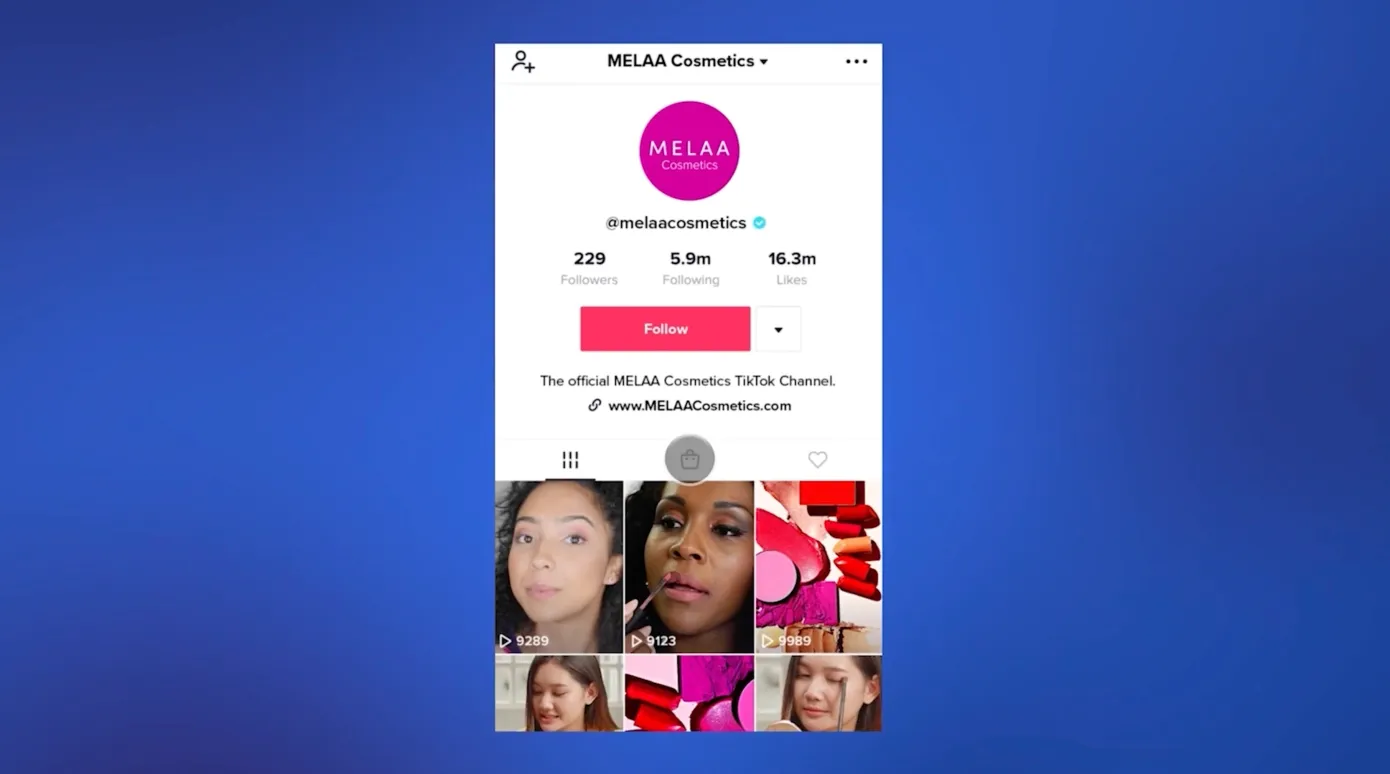TikTok has been actively ramping up its efforts to bolster its e-commerce business since its U.S. launch in September. Unlike platforms like Temu, which primarily feature white-labeled products from Chinese factories, TikTok Shop focuses on branded goods, positioning itself as a direct competitor to Amazon.
To attract sellers, TikTok has adopted traditional subsidy strategies, offering incentives such as discounts during peak shopping periods like Black Friday. Additionally, the platform leverages its immense user engagement, with short video content driving significant consumer interest and boosting sales for merchants.
The impact of TikTok on consumer behavior is evident, particularly among younger demographics. A growing number of consumers, especially Gen Z, are turning to TikTok as a starting point for product searches, signaling a shift away from traditional search engines like Google.
However, TikTok’s e-commerce ambitions are not without challenges. The platform faces scrutiny over its seller policies and algorithmic prioritization of U.S.-based shops over foreign ones. Despite these challenges, merchants are eager to explore TikTok as an additional sales channel, particularly as competition intensifies on platforms like Amazon.
While TikTok’s potential to disrupt the e-commerce landscape is significant, experts remain cautious about its ability to replace established players like Amazon. Nonetheless, TikTok’s unique blend of entertainment and commerce has the potential to reshape online shopping habits, offering consumers a new way to engage with brands and make purchases. As the platform continues to evolve, its impact on the e-commerce industry is likely to grow, presenting both opportunities and challenges for sellers and consumers alike.











